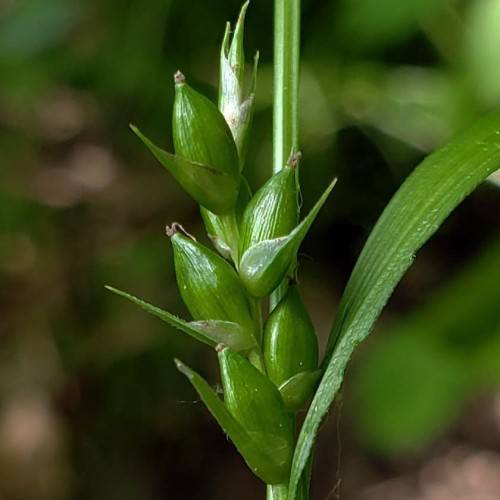
Field Sedge
Carex conoidea
Also Known As - Openfield Sedge,Grey Prairie SedgeWatering:
Minimal
Hardiness Zone:
Flowers:
Flowers
Sun:
Sun, Partial Shade
Soil:
Sand
Leaf:
Yes
Growth Rate:
Low
Drought Tolerant:
Yes
Salt Tolerant:
Yes
Care Level:
Medium
watering
The Beautiful Sedge should be watered once a week during the growing season and once a month during the dormant season. The amount of water needed for this plant species will vary depending on the type of soil and climate. It does well in moist soil, so water carefully, making sure that the soil does not become soggy. Water until the top few inches of soil are moist. It is best to avoid over watering this plant species.
sunlight
Beautiful Sedge is a shade-loving plant species, doing best in areas with partial sunlight or light shade. Place it in a location that receives full or direct sunlight for 3 hours or less a day, particularly during the middle of the day when sunlight is at its most intense. Morning or early afternoon sun is ideal. Too much direct sun can cause the leaves to become scorched. If there is more than 3 hours of full sun available, provide some form of shade protection such as a nylon net or a thin sheet of fabric. The shade must be removed in winter for optimum flowering.
pruning
Beautiful Sedge (Carex concinna) is a low-maintenance ornamental grass that requires minimal pruning. It can be pruned as desired, though its main period of growth occurs between spring and early summer. It is best to prune Beautiful Sedge plants in early spring before new growth begins, allowing the plant time to re-establish itself before the hot summer months. This helps to maintain their shapely look throughout the summer. When pruning, use clean sharp secateurs or hedge clippers and remove any dead or damaged stems at their base. It is not necessary to prune too much; just small amounts to remove dead foliage, encourage new growth and maintain a tidy shape if desired. Care should be taken not to prune too much, as over pruning can result in too much foliage being removed causing the plant to become leggy and unappealing. After pruning, fertilize the plant with a high-impact fertilizer to encourage new growth and help the plant maintain its strong and healthy appearance. Beautiful Sedge will recover quickly after pruning and is relatively low-maintenance. Pruning every spring can keep your Beautiful Sedge looking its best.
